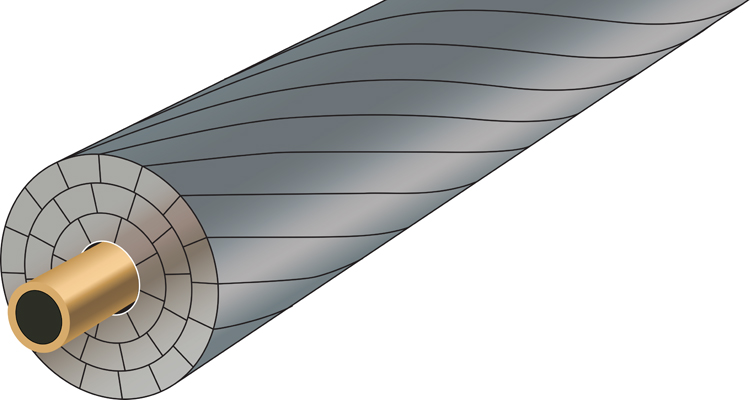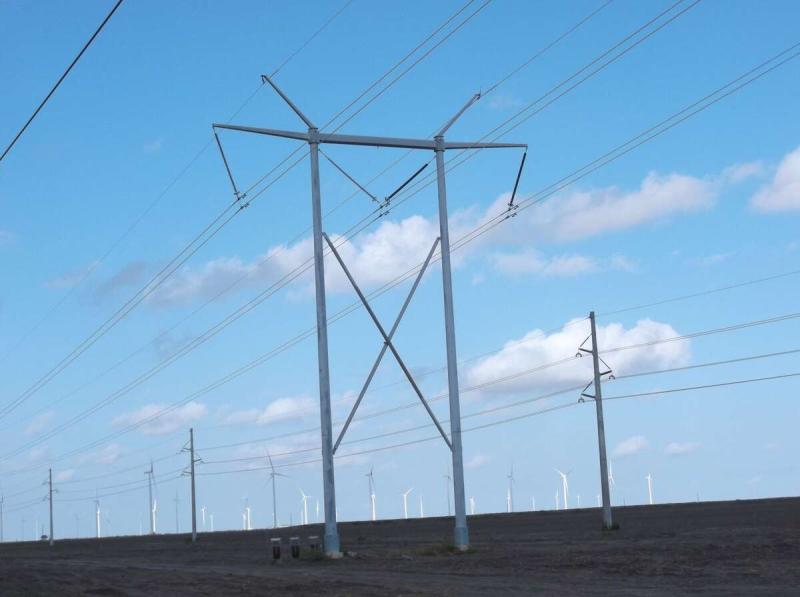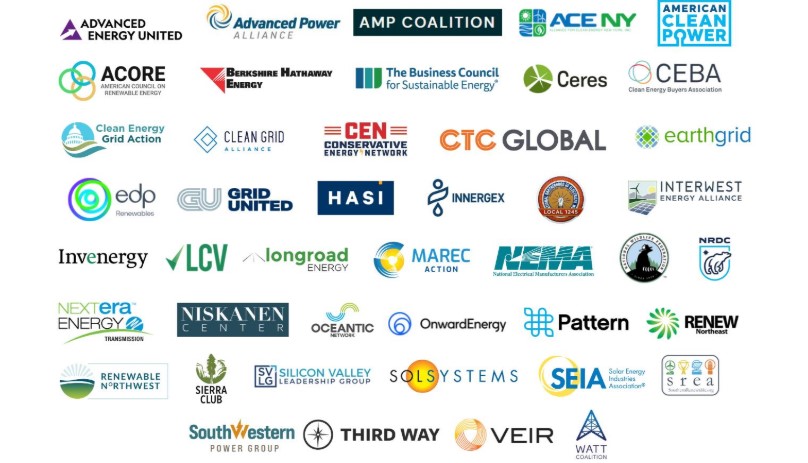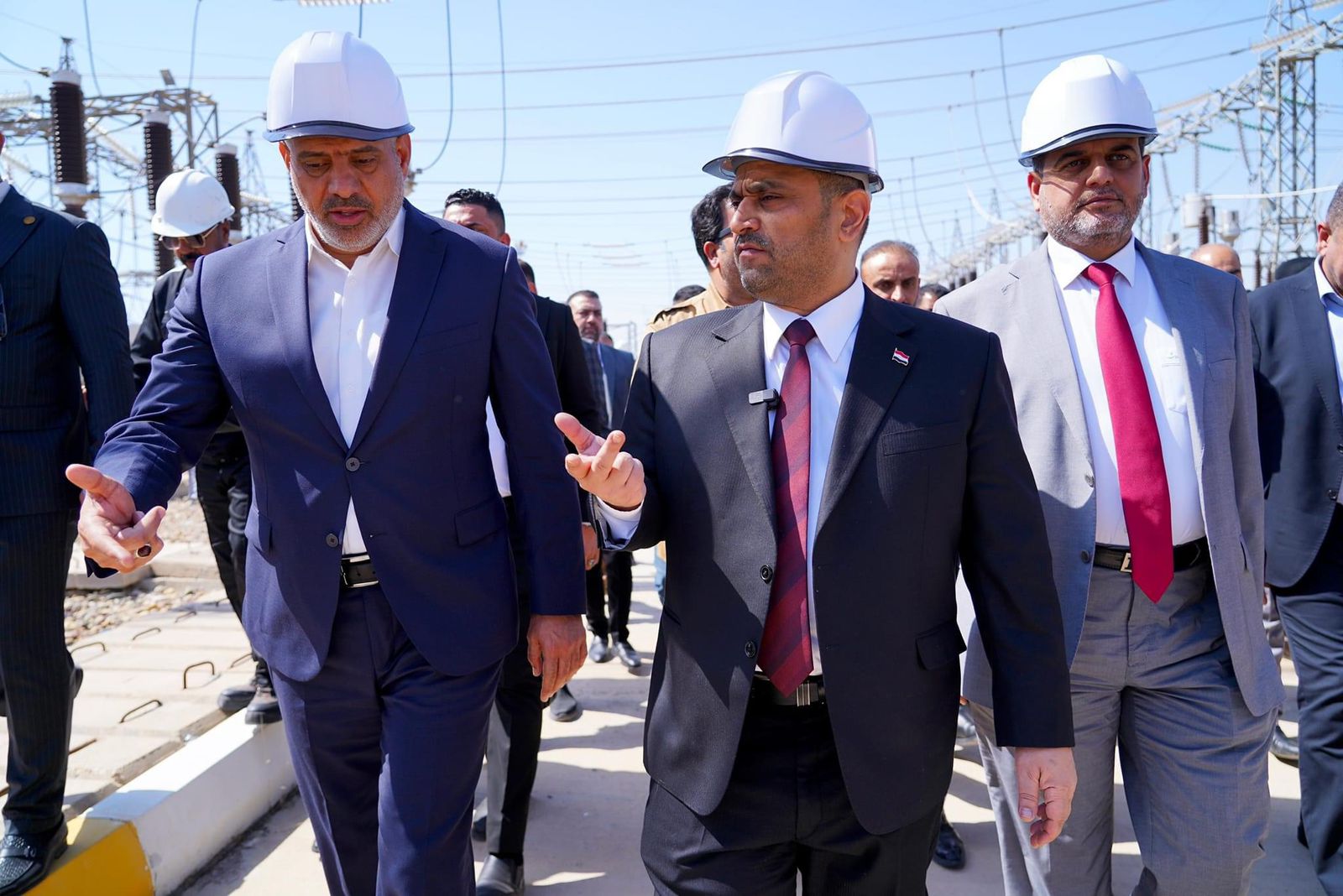As utilities struggle to reduce GHG emissions and respond to net-zero-emission mandates while planning for a 50%+/- increase in consumer demand for (clean) electric energy, the need to build new transmission lines to connect cleaner sources of generation has never been more urgent. Unfortunately, regulatory and planning obstacles often delay these projects for years. For near-term solutions, many utilities are leveraging modern technologies to upgrade their existing transmission systems.
While a number of utilities have begun using various Grid Enhancing Technologies (GET) to marginally increase transmission line capacity, such as dynamic line rating systems and load flow controllers, the use of advanced conductors is helping many utilities substantially increase the capacity of their existing corridors without the need to replace or rebuild existing structures. The use of advanced conductors offers capacity gains ranging from 50% to 150%, and efficiency improvements ranging from 25% to 40%.
Advanced conductors use carbon fiber or metal matrix composite cores in place of legacy steel cores to increase overall conductor strength, mitigate thermal sag and enable the incorporation of ~30% more aluminum content with no weight or diameter penalty. The added aluminum content not only helps deliver more power but also reduces the conductor’s electrical resistance and associated line losses.
In the past, increasing the capacity of an existing right of way (ROW) generally required replacing existing structures and conductors with larger, heavier components. In some cases, voltage increases also required taller structures and ROW expansion. Today, advanced conductors can be used to ‘swap out old wire with new wire’ with minimal environmental impact, much lower costs, and substantially reduced permitting challenges.

While many U.S. utilities consider ‘rebuilding’ over ‘reconductoring’ because total returns are greater for larger investments, the reality today is that we just don’t have the time to do everything ‘the old way’ using old technology. The task at hand is just too large and the benefits of reconductoring are too substantial to ignore. We must leverage modern technologies if we hope to solve modern problems.
Here is one example of how this can work: In 2019, Southern California Edison (SCE) sought to increase the capacity of their double-circuit 230-kV Rector to Vestal transmission lines and their adjacent 230-kV Vestal to Magunden transmission lines in the Big Creek Transmission Corridor. Their goal was to increase line capacity from 936 amps to 1,520 amps to improve grid reliability, among other things. SEC selected a California-based power grid solutions provider’s advance conductor, which saved consumers an estimated $85 million. The use of this technology also mitigated sag infractions. In this case, reconductoring with an advanced conductor also reduced construction time from an estimated 48 months, down to 18 months, which freed-up crews and equipment for other reconductor projects that SCE continues to work on.
While new transmission lines will ultimately help deliver more clean energy from remote locations to load centers, the existing grid was not designed to handle the additional load we now anticipate.
A March 2022 Grid Strategies Report, titled Advanced Conductors on Existing Transmission Corridors to Accelerate Low-Cost Grid Decarbonization, acknowledges that advanced conductors are not widely deployed in the U.S. “due to outdated transmission planning practices and outmoded economic incentives, among other barriers.” However, the report provided a number of specific recommendations that address institutional and regulatory barriers preventing faster adoption of reconductoring as a decarbonization strategy. To remove some of these barriers, the report suggests specific actions that should expeditiously be taken by FERC, DOE, Utility Planners and State Regulators.
These recommendations include expansion of planning scenarios to consider the possibility of additional new renewable generation assets; the establishment of transmission conductor efficiency standards; consideration of advanced conductors as a priority for select Power Marketing Administration projects and for other projects which DOE supports via grants, loans or other financing mechanisms; and, shifting project evaluations by utilities and regulatory authorities from “least cost” to “maximum net benefits” when reviewing project options.
According to the report, over 200,000 miles of transmission lines will need to be replaced over the next 10 years. The report also suggests that if only 25% of these lines were reconductored with high-efficiency, advanced conductors, then at least 270 Gigawatts (GW) of zero-carbon generating capacity could be interconnected during that period just from the increased grid capacity enabled by the reconductoring. The report estimates that this increase in renewable capacity over that decade would reduce power sector CO2 emissions by approximately 2.4 billion metric tons – equivalent to immediately retiring 22 large base-loaded coal-fired power plants. The energy savings from the added transmission capacity would also save consumers at least $140 billion.
While advanced conductors are slightly more expensive on a per-foot basis compared to legacy AAAC, ACSR and ACSS conductors, their benefits greatly outweigh their cost delta in most cases. And for reconductoring on existing transmission structure, advanced conductors enable the lowest cost solution to gain substantial capacity since the existing structures can be used (no expensive rebuild).
As mentioned previously, advanced conductors cannot only carry more current, their added aluminum content also makes them more efficient. Improved efficiency and reduced line losses not only help deliver more power over existing ROWs, but they also free up generation assets otherwise wasted. Their added efficiency has substantial benefits for helping decarbonize the grid and helping utilities reach their sustainability goals.
In 2016, American Electric Power selected an advanced conductor to help double the capacity of two parallel 120 circuit mile 345 kV transmission lines in the Lower Rio Grande Valley in Texas. In this case, the use of doubled bundled Drake size ACCC® Conductor not only allowed them to use existing structures — and secure project approval on the day their project was submitted — the use of this advanced conductor technology also reduced line losses by ~300,000 MWh per year (at a very low load factor of 34%).
Based on the average CO2 emissions from all combined sources of generation in Texas at that time that equated to a reduction of CO2 emissions by ~200,000 metric tons. From another perspective, the advanced conductor’s improved efficiency also freed up 34 MW of generation capacity. While the Utility may not have directly benefited from this particular aspect, society and the environment surely did.
The idea of reconductoring using advanced conductors is not new, but it seemingly has been “hiding in plain sight” in the U.S. In countries like Bangladesh and Nepal, where international development banks are funneling money to support economic development by funding electric power transmission projects, the use of advanced conductors is being specified. This is not only to help them double the capacity of existing transmission lines and build highly efficient new lines, specifying and installing advanced conductors is also helping these entities reach their sustainability goals – as they recognize the substantial and measurable environmental benefits of these technologies.
Though the Energy Policy Act of 2005 offered a 200-basis-point adder for utilities that used advanced conductors (ACCR and ACCC specifically), not a single U.S. utility took advantage of the incentive. In January 2022, the U.S. DOE posted the “Building a Better Grid” initiative in the Federal Register, which is designed to support a huge expansion and grid modernization. The initiative anticipates the need to increase transmission capacity by 60% by 2030 and as much as 300% by 2050. As such, we cannot afford to overlook advanced conductors any longer.






